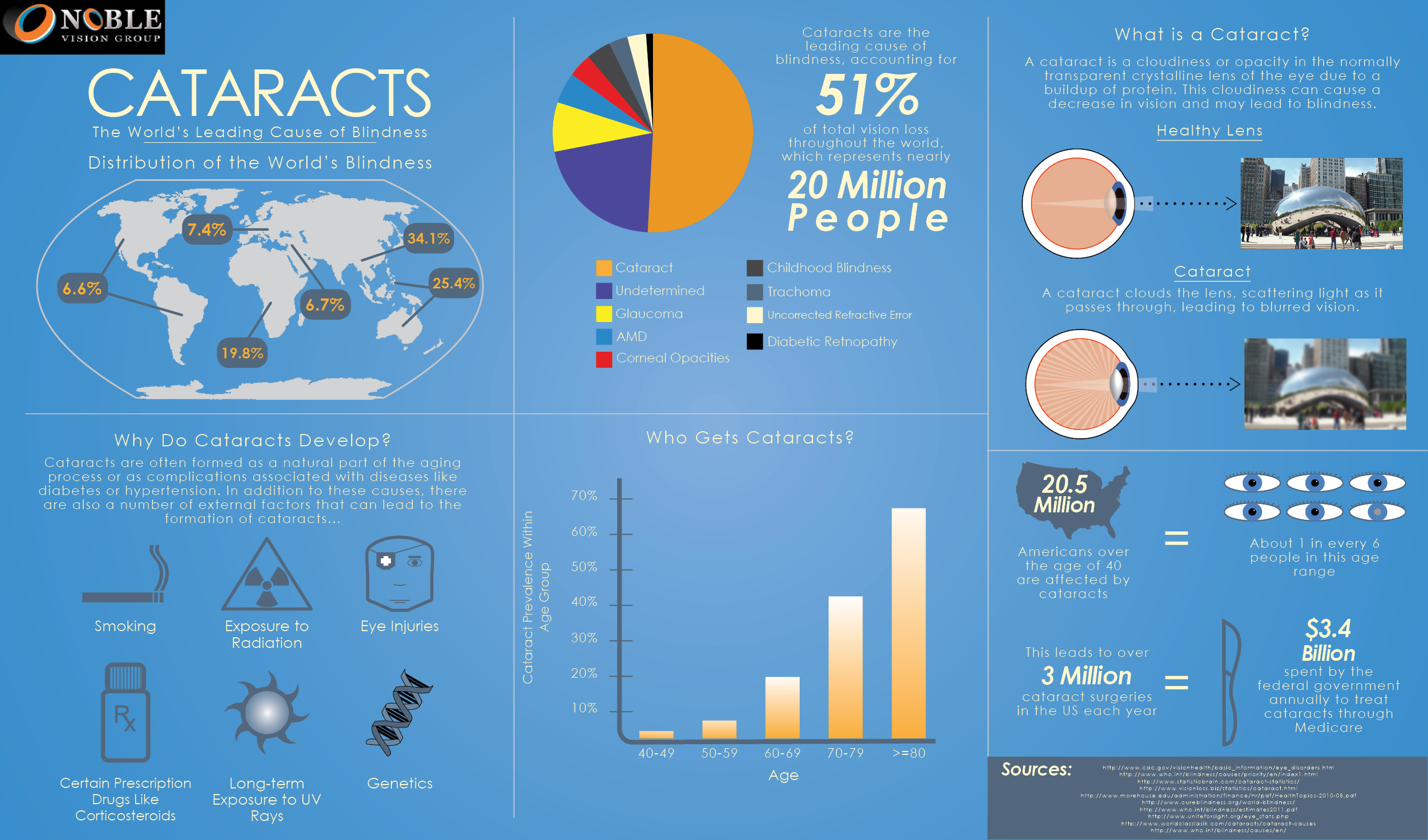Fascinated In Learning About The Differences Between SMILE, LASIK, And PRK Eye Procedures?
Fascinated In Learning About The Differences Between SMILE, LASIK, And PRK Eye Procedures?
Blog Article
Short Article By-Adler Copeland
If you've been considering SMILE eye surgery, you might question exactly how it stacks up against LASIK and PRK. cataract surgery risks has its very own collection of benefits and factors to consider. From quicker healing times to prospective risks, there are crucial differences you ought to understand before deciding. Understanding these distinctions will help you make an educated choice that aligns with your particular needs and assumptions. Interested to understand even more about just how these treatments contrast thoroughly? Continue discovering to get a thorough understanding of SMILE, LASIK, and PRK.
SMILE Eye Surgical Treatment Review
If you're considering SMILE eye surgery, you'll locate it to be a minimally intrusive procedure with a quick recovery time. During SMILE (Small Laceration Lenticule Removal), a laser is made use of to develop a tiny, accurate cut in the cornea to eliminate a little item of tissue, reshaping it to correct your vision. This differs from LASIK, where a flap is created, and PRK, where the outer layer of the cornea is completely gotten rid of.
One of the essential benefits of SMILE is its minimally intrusive nature, resulting in a faster healing process and much less discomfort post-surgery. The healing time for SMILE is reasonably fast, with lots of people experiencing enhanced vision within a day or 2. This makes it a popular selection for those looking for a convenient and reliable vision adjustment procedure. Furthermore, SMILE has actually been revealed to have a lower danger of dry eye syndrome compared to LASIK, making it a beneficial option for people worried regarding this possible adverse effects.
Differences Between SMILE, LASIK, and PRK
When comparing SMILE, LASIK, and PRK eye surgical procedures, it is essential to comprehend the distinctive methods used in each treatment for vision modification.
can cataract surgery cause macular degeneration (Little Cut Lenticule Extraction) is a minimally intrusive procedure that entails producing a small laceration to extract a lenticule from the cornea, improving it to fix vision.
click the up coming web site (Laser-Assisted Sitting Keratomileusis) includes developing a thin flap on the cornea, utilizing a laser to reshape the underlying tissue, and after that rearranging the flap.
PRK (Photorefractive Keratectomy) gets rid of the external layer of the cornea prior to improving the cells with a laser.
The primary distinction depends on the way the cornea is accessed and dealt with. SMILE is flapless, making it an excellent option for people with thin corneas or those associated with call sporting activities. LASIK supplies quick visual recuperation as a result of the flap creation, yet it may pose a higher threat of flap-related complications. PRK, although having a longer recuperation duration, stays clear of flap-related concerns entirely.
Understanding these variances is essential in choosing the most ideal treatment for your vision modification requirements.
Benefits And Drawbacks Contrast
To assess the benefits and disadvantages of SMILE, LASIK, and PRK eye surgical procedures, it's necessary to think about the particular advantages and potential constraints of each procedure. SMILE surgical treatment offers the benefit of a minimally intrusive procedure, with a smaller cut and possibly quicker recuperation time compared to LASIK and PRK. It additionally lowers the risk of dry eye post-surgery, a common side effect of LASIK. However, SMILE may have constraints in dealing with greater levels of myopia or astigmatism contrasted to LASIK.
LASIK surgical treatment offers rapid visual recovery and minimal discomfort throughout the treatment. It's highly effective in dealing with a vast array of refractive errors, including nearsightedness, hyperopia, and astigmatism. Yet, LASIK brings a danger of flap problems, which can affect the corneal structure.
PRK eye surgical treatment, while not as prominent as LASIK, stays clear of creating a corneal flap, lowering the threat of flap-related difficulties. It appropriates for people with slim corneas or uneven corneal surfaces. However, PRK has a longer healing time and might include more pain during the recovery procedure.
Final thought
So, when it pertains to selecting between SMILE, LASIK, and PRK, think of it like picking the perfect pair of footwear. SMILE resembles a smooth, comfortable set of sneakers - fast and easy.
LASIK is a lot more like stylish high heels - showy and quickly, yet with some prospective risks.
PRK is like sturdy hiking boots - dependable and long lasting, but requiring a bit more effort and time.
Inevitably, the best selection relies on your individual needs and choices.
